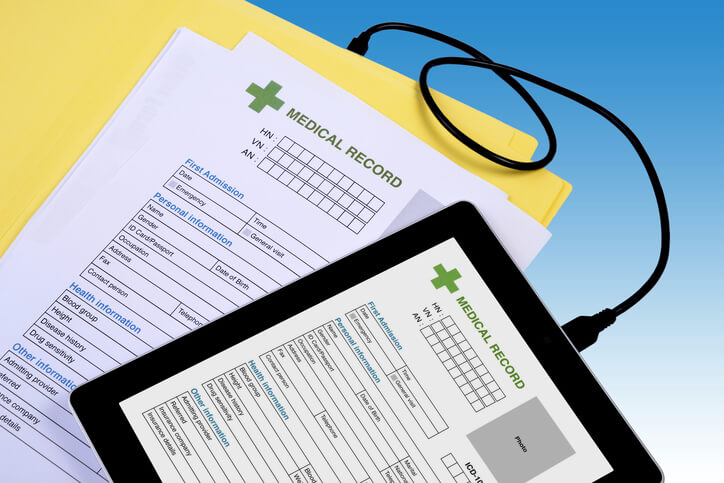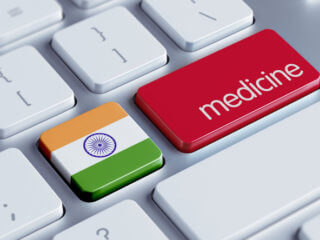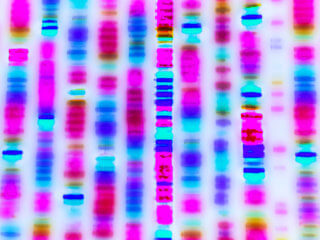The critical role of interoperability in digital health
Health data exchange has become very common in hospitals to secure and analyze the patient’s details and to recognize the nature of the illness. This may be in the form of wired or wireless. There is a need for communication between technology systems and software applications to use the information that has been exchanged. If there is a technology that makes communication with patients without disturbing the doctor or any interaction of human, then how would it be?
According to HIMSS, Interoperability is the capability of various information technology systems and software applications to exchange data, communicate and use the information that has been transferred. Interoperability plays a key role in digital health because various systems and devices can not only transfer data but also interpret that data and display it in a user-friendly way. This means that health data exchange methods will allow data to be shared across hospitals, pharmacies, clinicians, labs, and patients, regardless of which vendor is used.
| Recommended for you | |
| Fast Healthcare Interoperability Resources | |
| Integration challenges in the digital health sector | |
| Regulatory and policy framework for digital health |
What are the challenges?
Interoperability is one of the truly pressing issues facing health care reform. HIMSS has defined three levels of interoperability in 2013.
| Foundational Interoperability |
|
| Structural Interoperability |
|
| Semantic Interoperability |
|
The challenges to accomplishing semantic interoperability transcend the technical, as there are cultural, social, policy and economic barriers to data sharing.
Another challenge is that the information blocking, which includes concerns about the liability risk of data exchange. This is to prevent providers from easily switching to a competitor’s product.
It is imperative for providers across the health care continuum to send and receive accurate and meaningful patient data consistently. Otherwise, people will not be able to recognize the benefits of interoperability.
The conventional and future standards for health data exchange
Every technology and innovation must meet certain standards for fulfilling the patient’s requirement. HIMSS is providing certain tools to understand and apply interoperability standards within a healthcare institute.
The Interoperability & Standards (I&S) Tool Kit will help you better navigate through the various Standards Development Organizations and guide you to the tools and resources needed to deploy interoperable Healthcare Information Technology (HIT) systems. Ideally, data exchange schema and rules should permit data to be shifted between clinician, pharmacy, lab, and patient despite application or application vendor to enhance healthcare delivery. The standards can be of:
- Data exchange and system standards.
- Pharmacy and terminology standards.
- Medical device standards.
- Public health reporting standards.
In healthcare, standards present a common language and set of prospects that enable interoperability between systems and devices. But these measures are not suitable in all parts of the world. They may change according to the suitability of the region.
Key players and organizations
- HIMSS
- IHE, USA
- Radiological Society of North America (RSNA)
- ONC, US Department of Health & Human Services
- Core point health, US
- Inter Systems Corporation, US
- Orion Health, New Zealand
- Cerner Corporation, US
- Qualcomn Life Inc, US
- Interfaceware Inc, Canada
- Infor Inc, US
How can the mobile world of the patient and the physician’s workplace be connected?
Mobile devices and apps provide many benefits for healthcare professionals, perhaps most of them with 87% using smartphone or tablet device in their place of work, compared to 99% using a computer. Surveys have shown that 80% of physicians use an iPhone, while most of the remainder opt for Android smartphones. Around 66% of doctors own a tablet computer, of which 54% use in their practices.
The process can be explained with an example. When you deposit your paycheck, you assume your bank to process it. If you’re out of the city, you count on an ATM to obtain your money. But patients discharged from the hospital to an SNF or rehabilitation center may not feel such a seamless transformation of their healthcare information. Likewise, our past data is stored on the computers of health care centers. If we caught of any health problem, then we have to go to a hospital and provide with the essentials that are required for the lab tests and leave the hospital. There is no need to wait for hours in the hospital for the lab results. After the completion of the trials, a message or notification will remind you through your smart device. This one is just one example, and Interoperability can serve a lot for the healthcare.
The systems can be connected in many ways, and the data sharing can also be done. Most of the advanced sharing technologies like the Internet of Things (IoT) can be implemented for this technology.
Market & applications
Today’s health IT environment is constantly changing. New stakeholders are joining the health and the healthcare landscape. Fresh standards are emerging with the next solution in determining interoperability. Latest technologies are entering the market to improve the delivery of care. The customers will be best served when there is a clear winner in each critical area of unified communications. This winner will then dictate standards that orders will need to comply in order to participate in the market, and thus interoperability will hugely increase. In fact, software developers need to do a lot of work to make sure their particular software programs work on all devices. However, numerous interoperability issues, a fragmented end-users market, and the tremendous cost of implementation for healthcare IT integration solutions are posing various challenges to the overall growth of the market.
Interoperability can be applied in hospitals, medical devices, labs, clinics, radiology and so on. It can be implemented in two ways:
Products
- Interface engines
- Medical device integration software
- Media integration solutions
- Other integration tools
Service
- Support and maintenance services
- Implementation services
- Training services
Role of state, IoT and connectivity
The significant obstacles that are in the way of Interoperability are the economic conditions of a region or country. There must be a continuous availability of Wi-Fi within the region because wired communication may take a lot of time and effort during installation. IoT, as it stands today, is still at its simplest stage. We have multiple devices that are connected to the Internet that we can control remotely by receiving notifications. As it advances to the next level, now is the time to act. Interoperability has many layers. Scientists have already solved key concerns on the physical connectivity level such as wireless standards, in making sure that devices can interact with each other within a system. Moreover, it takes a lot of time to this technology to get into the streets of some countries which are not entirely developed.
Interoperability can revolutionize the future of healthcare IT. Also, experts feel that interoperability is required for 40 percent of the potential value that IoT can provide. Maybe, in the future, the conversation between doctor and patient will be handed over to a smartphone. Will the future bring us?
Image credit: www.istockphoto.com


















Nice content. Good post. Excellent blog. Kindly know ivf specialist in hyderabad